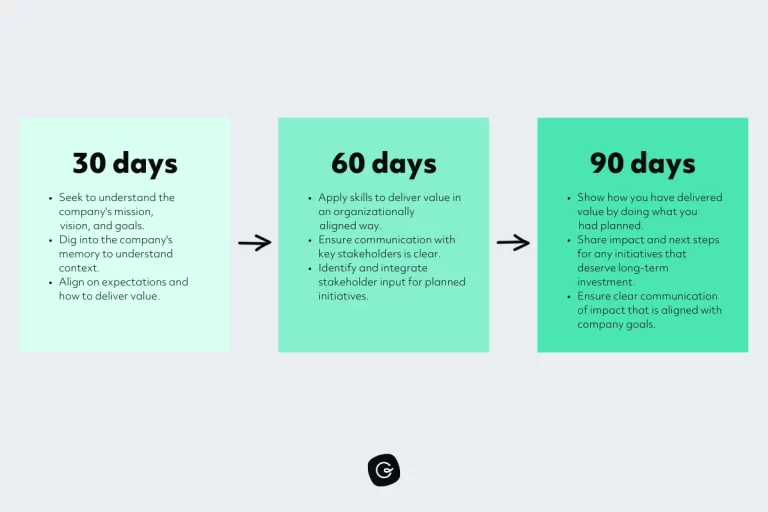Crafting a Project Risk Management Plan with Example – A Real-World Guide
Welcome to the ever-dynamic world of project management, where the only constant is change, and the biggest weapon in your arsenal is a well-crafted Project Risk Management Plan. Let’s dive into Project Risk Management Plan Examples to steer your projects toward success, even in the face of uncertainty.
Understanding Project Risk Management
At its core, project risk management is about foreseeing potential pitfalls and planning how to avoid them or reduce their impact. It’s like having a detailed map and a compass in a dense forest – they won’t remove the obstacles, but they’ll certainly help you navigate through them.
The 5-Step Plan
-
Identify Risks: This is your starting point. Engage your team in identifying as many potential risks as possible. Think of it like brainstorming – no risk is too small or too large at this stage.
-
Analyze Risks: Once you have your list, it’s time to assess each risk. Consider both the likelihood of the risk occurring and its potential impact on the project.
-
Prioritize Risks: Not all risks are created equal. Some will have a minor impact, while others can derail your entire project. Prioritize them based on their severity and likelihood.
-
Develop Responses: For each of the high-priority risks, develop a response plan. This could be a contingency plan (what you’ll do if the risk occurs) or a mitigation plan (steps you’ll take to reduce the likelihood of the risk).
-
Monitor and Review: Risk management is not a one-and-done task. Regularly revisit your risk management plan to ensure it’s still relevant and update it as your project evolves.
Tools and Techniques
- Risk Register: Keep a document that details all identified risks, their analysis, and response plans.
- Regular Risk Audits: Schedule these to assess the effectiveness of your risk management strategies.
- Stakeholder Engagement: Keep your stakeholders informed about risks and involve them in the management process. Their insights can be invaluable.
Project Risk Management Plan Example
Dependency on a Single Vendor for Critical Components
In one of my projects, we were developing a new telecom software system. Midway through, we encountered a significant risk: our software heavily depended on a specific component supplied by a single vendor. The problem? This vendor was facing supply chain issues, threatening our project timeline and deliverability.
Diversifying Suppliers and Developing In-House Solutions
To tackle this, we took two main actions:
-
Vendor Diversification: We identified and onboarded alternative suppliers for the critical component, ensuring they met our quality and compatibility standards.
-
In-House Development: Simultaneously, our R&D team initiated a project to develop an in-house version of the component. This was a strategic move to reduce our dependency on external suppliers in the long term.
Successful Project Completion and Enhanced Self-Reliance
The result was twofold:
-
On-Time Project Delivery: By securing multiple suppliers, we mitigated the risk of delays. The project was completed on time, and the software was deployed successfully.
-
Increased Self-Sufficiency: The development of an in-house solution not only served this project but also positioned us better for future projects, reducing our dependency on external vendors.
Key Takeaways
- Proactive Risk Management: Anticipating potential issues and acting before they become critical problems is essential.
- Diversification and Self-Reliance: In the telecom industry, where technology evolves rapidly, diversifying your supplier base and developing in-house capabilities can be powerful strategies.
- Adaptability: Being able to quickly adjust your strategy in response to emerging risks is a key skill in project management.
In summary, this example shows the importance of proactive and adaptive risk management. We transformed a potential problem into an opportunity for growth and development. As project managers, it’s crucial to remember that with every challenge comes an opportunity to innovate and improve.
Final Thoughts
Remember, risk management is all about preparation and adaptability. The more thorough your initial plan, the better equipped you’ll be to handle surprises along the way. And in the world of project management, surprises are not a matter of ‘if’ but ‘when’.
So, gear up, stay vigilant, and embrace the challenge of managing risks. It’s what makes the role of a project manager both exciting and rewarding. Let’s hear your thoughts and experiences with risk management in the comments below!






